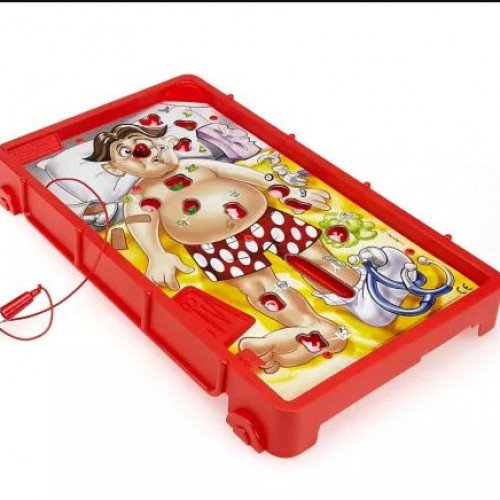CHATURANGA VS OPERATION

CHATURANGA
Chaturanga (Sanskrit: चतुरङ्ग; caturaṅga), or catur for short, which means 'Four Divisions' (referring to ancient army divisions of infantry Pawn (chess), cavalry Knight (chess), elephantry Alfil (chess), and chariotry Rook (chess)), is an ancient Indian strategy game that is commonly theorized to be the common ancestor of the board games chess, xiangqi, shogi, sittuyin, and makruk. Chaturanga is first known from the Gupta Empire in India around the 6th century AD. In the 7th century, it was adopted as chatrang (shatranj) in Sassanid Persia, which in turn was the form of chess brought to late-medieval Europe. According to Stewart Culin, chaturanga was first described in the Hindu text Bhavishya Purana. The exact rules of chaturanga are unknown. Chess historians suppose that the game had similar rules to those of its successor, shatranj. In particular, there is uncertainty as to the moves of the Gaja (elephant). The origin of chaturanga has been a puzzle for centuries. It has its origins in the Gupta Empire, with the earliest clear reference dating from the sixth century of the common era, and from north India. The first substantial argument that chaturanga is much older than this is the fact that the chariot is the most powerful piece on the board, although chariots appear to have been obsolete in warfare for at least five or six centuries. The counter-argument is that they remained prominent in literature. Several more recent scholars have proposed a gradual evolution in the centuries B.C. in the northern or northwestern border areas of Indian culture, where it was in contact with Greek culture brought by the Macedonian-Greek army, and where some rulers issued coins with fused Greek-Indian imagery. Myron Samsin argues that chaturanga originated in the kingdom of Bactria, ca. 255–55 B.C., in a fusion of the many short-moving men of the Greek game petteia, or poleis, with men derived from the various moves of an Indian race game, perhaps Seega or Chaupur, on the ashtapada, the board of another race game.
Statistics for this Xoptio

OPERATION
Operation is a battery-operated game of physical skill that tests players' hand-eye coordination and fine motor skills. The game's prototype was invented in 1964 by John Spinello, a University of Illinois industrial design student at the time, who sold his rights to the game to renowned toy designer Marvin Glass for a sum of US$500 and the promise of a job upon graduation (a promise that was not upheld). Initially produced by Milton Bradley in 1965, Operation is currently made by Hasbro, with an estimated franchise worth of US$40 million. The game is a variant on the old-fashioned electrified wire loop game popular at funfairs. It consists of an "operating table", lithographed with a comic likeness of a patient (nicknamed "Cavity Sam") with a large red lightbulb for his nose. This could be a reference to classic cartoons, where ill characters' noses turn red. In the surface are a number of openings, which reveal cavities filled with fictional and humorously named ailments made of plastic. The general gameplay requires players to remove these plastic ailments with a pair of tweezers without touching the edge of the cavity opening. Operation includes two sets of cards: The Specialist cards are dealt out evenly amongst the players at the beginning of the game. In the U.S and Australian version, players take turns picking Doctor cards, which offer a cash payment for removing each particular ailment, using a pair of tweezers (dubbed “Electro Probe” in earlier versions) connected with wire to the board. Successfully removing the ailment is rewarded according to the dollar amount shown on the card. However, if the tweezers touch the metal edge of the opening during the attempt (thereby closing a circuit), a buzzer sounds, Sam's nose lights up red, and the player loses the turn. The player holding the Specialist card for that piece then has a try, getting double the fee if he or she succeeds. Since there will be times when the player drawing a certain Doctor card also holds the matching Specialist card, that player can purposely botch the first attempt in order to attempt a second try for double value. The winner is the player who holds the most money after all the ailments are extracted. Subsequent later games removed the money and cards, and the winner of these editions is the player who removes the most ailments.